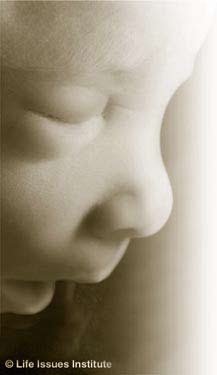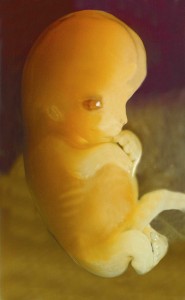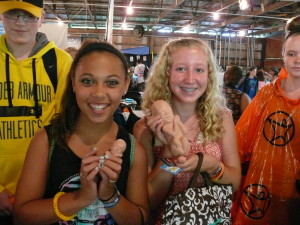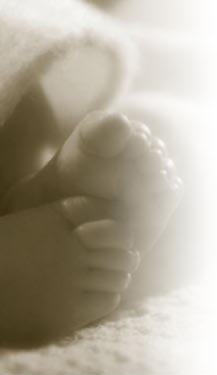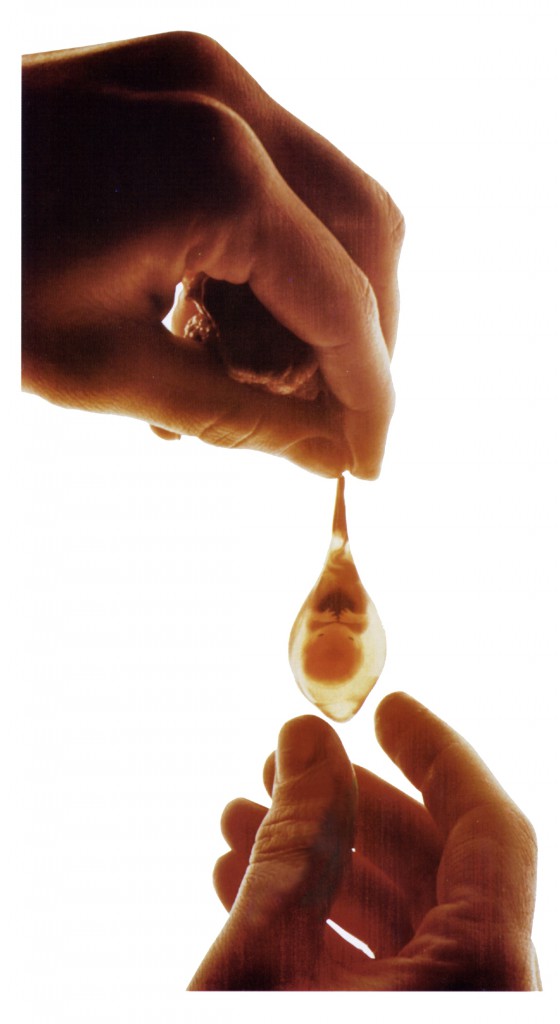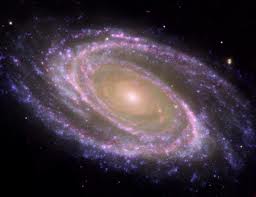The Federation just wrapped up its annual pro-life student essay contest, and as always the entrants were amazing and the judges had a difficult time choosing a winner. Since I will be on the road all this week on our town hall tour, I thought I’d share the winning essays with you as a sneak peek of what will be featured in the Summer LifeLines magazine. This essay, written by 12th grader Miguel Mendoza, won 1st place in the senior high category. Enjoy!
Bald eagles, the enduring symbol of this nation’s spirit, freedom, and pursuit of greatness have received protection by law from those who would wish ill upon this majestic bird. In 1940, the United States passed a strict federal law known as the Bald Eagle Protection Act that focused on guarding not only the national bird, but also the bald eagle’s eggs. If one were to come across those eggs in the wild, it would be considered a serious offense to destroy them. If done so, the penalty would be equivalent to shooting an adult eagle out of the air.
Reverend Tadeusz Pacholczyk, author of The Ethics of Stem Cell Research, states, “By the force of law, we acknowledge the scientific truth that the eagle’s eggs, that is to say, the embryonic eagle inside that egg, is the same creature as the beautiful bird that we witness flying overhead.” Consequently, this demonstrates the government’s awareness to pass laws that protect not only the adult but also the youngest individual of that species.
This can be applicable to the recent concept of stem-cell research in the field of medical science. Stem-cell research has taken on special attention for its potential health benefits and also for its moral side effects produced by the utilization of human embryos to give way to stem cells. In short, stem cells are an important way for the body’s cells to be restored. They function as unspecialized cells that have the capacity to grow into several specific types of cells, such as a cell that can produce new red blood cells.
The practice of stem-cell research appears to favor the use of embryonic stem cells since those cells have the ability to become any type of body cell. Adult stem cells are also utilized and have the potential to become numerous different cells, but not all. Some scientists hope to cure certain diseases like diabetes using embryonic stem cells.
With guidance from Church doctrine and teachings, I have come to the conclusion that I am in favor of most stem cell research, which normally uses cells from adult tissue, which presents no moral conflict. Nonetheless, a moral problem surfaces when researchers use the early stages of a fertilized egg to harvest stem cells, which ultimately destroys the once living human embryo. Although good results may arise from embryonic stem cell research, it by no means justifies the cruelty in the destruction of innocent human life.
The Church directly opposes any alterations to early human life. The Congregation for the Doctrine of the Faith’s document, The Gift of Life (Donum Vitae), instructs that, “The human being is to be respected and treated as a person from the moment of conception…” I believe that life is a precious gift that we were given. Although not fully developed, human embryos are alive and therefore possess existence. Remorsefully, their lack of mouth, eyes, and arms make them vulnerable to the evil works of man. Even though the aim of this research is to produce beneficial outcomes, the immoral means used to arrive at the sought after good does not validate the process. The life of a person should not lend itself as a dispensable commodity on behalf of someone else.
In regards to the bald eagle, people realized how its eggs were as important as the eagle itself, and therefore required protection for its conservation. The bird’s value was noticed and so it was reasonable to protect the bald eagle in all its stages of life. The same notion holds true for humans, who are more valuable than any other species on the planet combined. Unfortunately, human beings do not recognize their own inner beauty and uniqueness. They are willing to protect the embryos of other animals but fail to protect themselves first from what Reverend Pacholczyk describes as the, “dismemberment on the altar of stem cell sacrifice.”



